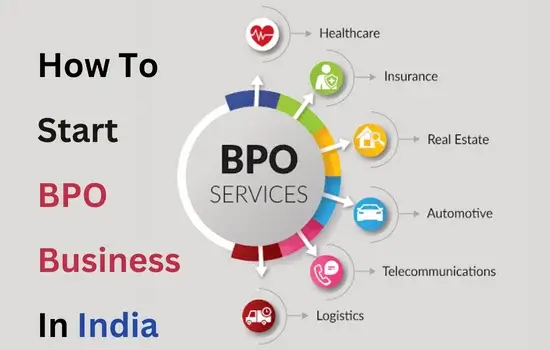In today’s rapidly evolving workplace, creating a seamless employee experience is more critical than ever. As organizations strive to attract and retain top talent, the focus has shifted toward ensuring that every interaction an employee has within the company is efficient, engaging, and rewarding. One of the key strategies to achieve this is through unified digital workflows. By integrating various processes and systems into a cohesive digital ecosystem, companies can simplify operations, enhance productivity, and ultimately boost employee satisfaction.
Understanding the Importance of Employee Experience

Employee experience (EX) encompasses every touchpoint and interaction that an employee has with their employer, from onboarding to daily tasks and even offboarding. A positive employee experience is linked to higher levels of engagement, productivity, and loyalty. Conversely, a fragmented or frustrating experience can lead to dissatisfaction, lower morale, and increased turnover.
In the digital age, employee experience is increasingly mediated by technology. Employees expect seamless interactions similar to those they encounter in their personal lives, where apps and platforms are intuitive and interconnected. Disjointed systems, redundant processes, and inefficient workflows can create friction, hampering the overall employee experience. By incorporating the best employee engagement platforms into your unified digital workflows, you can enhance communication, streamline collaboration, and elevate overall employee satisfaction.
The Role of Unified Digital Workflows
Unified digital workflows refer to the integration of various business processes and systems into a single, streamlined workflow. This approach leverages digital tools to automate tasks, reduce manual interventions, and ensure that different systems communicate effectively. The result is a more coherent, efficient, and user-friendly experience for employees.
Streamlining Processes
Unified digital workflows simplify complex processes by eliminating unnecessary steps and integrating disparate systems. For instance, instead of navigating multiple platforms to request time off, submit expenses, or access HR resources, employees can perform these tasks through a single, unified interface. This not only saves time but also reduces frustration, as employees no longer need to remember different login credentials or figure out how to use various systems.
Enhancing Collaboration
A unified workflow environment fosters better collaboration among teams. With integrated communication tools and shared platforms, employees can easily access the information they need, collaborate on projects, and communicate with colleagues, all without switching between different applications. This seamless interaction enhances teamwork, encourages innovation, and reduces delays caused by fragmented communication channels.
Improving Onboarding and Continuous Learning
The onboarding process is a critical stage in shaping an employee’s perception of the company. Unified digital workflows can streamline onboarding by providing new hires with a single portal where they can complete paperwork, access training materials, and get acquainted with company culture. This not only speeds up the onboarding process but also ensures that new employees feel supported and informed from day one.
Beyond onboarding, continuous learning is essential for employee development and engagement. Unified digital workflows can facilitate ongoing training and development by integrating learning management systems with daily work tools. Employees can easily access training modules, track their progress, and receive updates on new learning opportunities, all within their regular work environment.
Measuring and Optimizing Employee Experience
Implementing unified digital workflows also allows organizations to gather valuable data on employee interactions and processes. This data can be used to identify bottlenecks, optimize workflows, and tailor the employee experience to better meet the needs of the workforce. Regular feedback loops, enabled by these digital systems, ensure that improvements are ongoing and responsive to employee needs.
Conclusion
In conclusion, crafting a seamless employee experience with unified digital workflows is no longer a luxury but a necessity in today’s competitive business landscape. By simplifying processes, enhancing collaboration, and supporting continuous learning, unified workflows not only improve efficiency but also create a more engaging and satisfying work environment. Organizations that prioritize and invest in these digital transformations will be better positioned to attract, retain, and nurture top talent, ultimately driving long-term success.














